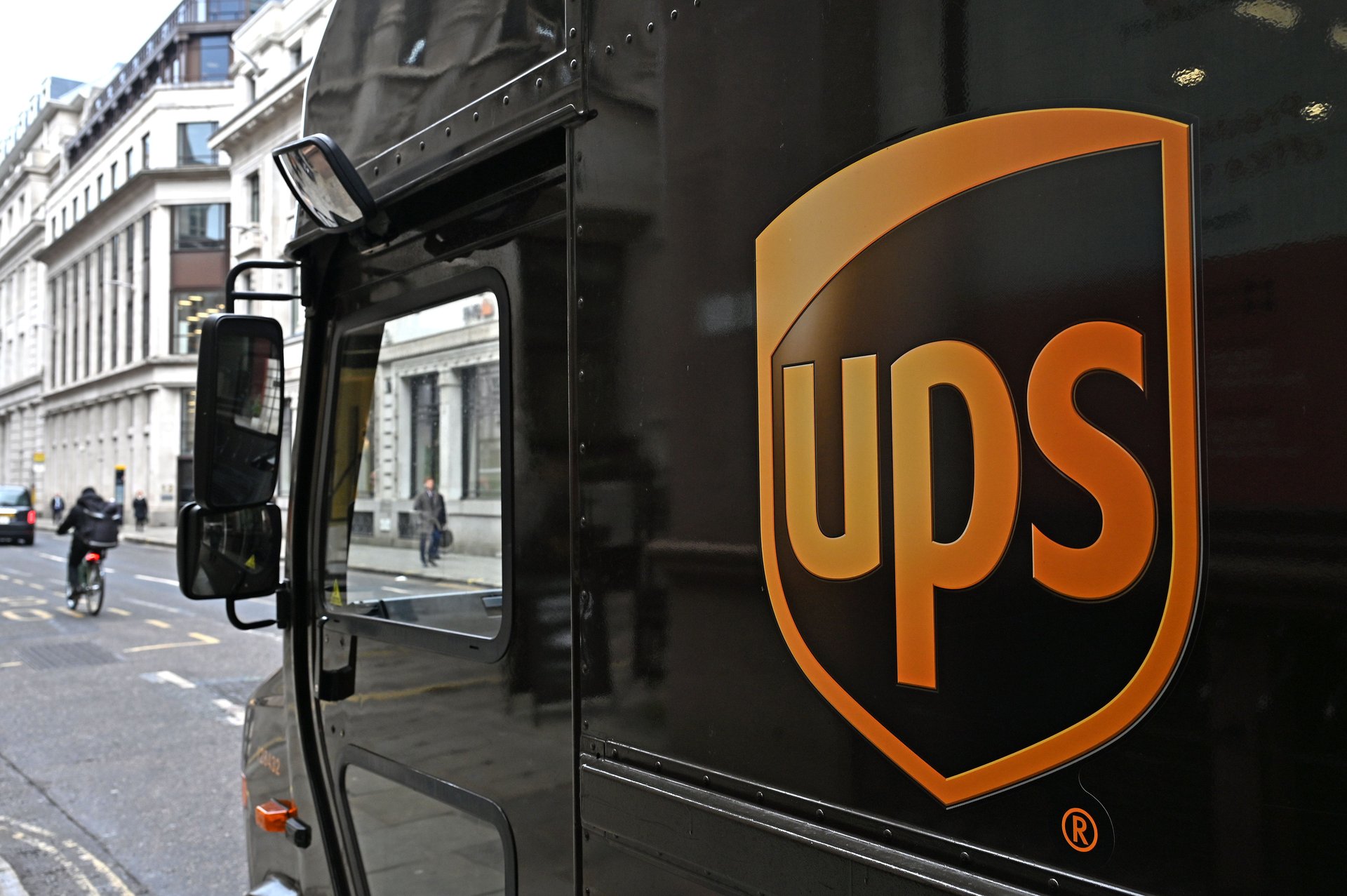UPS is pivoting from high-volume to high-margin. It's risky
UPS is ditching low-profit Amazon deliveries, closing 73 facilities, and axing thousands of jobs — all in a bid to keep profits aloft

John Keeble/Getty Images
When growth looks to be constrained, companies focus on efficiency. Or, as the thinking tends to go, “If you can’t improve the topline, then improve the bottom line, leaning on the levers you can control.” UPS just became the latest case in point.
Suggested Reading
On Tuesday, the shipping giant reported mixed second-quarter results, with cost control and strong international demand offsetting flat top-line growth and weakness in its supply chain business.
Related Content
What Q2 says about the pivot
Overall revenue came in at $21.2 billion, essentially unchanged from a year ago, while adjusted earnings per share reached $1.55. The company’s GAAP operating margin was 8.6%, or 8.8% on an adjusted basis. U.S. domestic revenue slipped 0.8% to $14.1 billion as volumes declined, though higher air cargo demand and pricing changes helped limit the drop.
International revenue was a bright spot, rising 2.6% to $4.49 billion, with healthy adjusted margins of 15.2%. UPS’s Supply Chain Solutions segment was the weak link, down 18.3% to $2.65 billion, largely due to the sale of its Coyote Logistics unit.
Free cash flow in the first half of 2025 was $742 million, and UPS ended the quarter with $8.7 billion in cash and short-term investments. Management reaffirmed spending and shareholder-return plans but declined to provide a full-year revenue or profit forecast. That’s a way of communicating that, in UPS’s view, the economic outlook is more cloudy than certain.
How the "network reconfiguration" is going
What’s ahead for UPS? More of the same, according to management: focus on efficiency gains and optimization amid somewhat tough conditions.
This second quarter in particular reflects the company’s ongoing “network reconfiguration” — a sweeping operational overhaul that includes closing 73 facilities and cutting about 20,000 jobs this year. The restructuring follows UPS’s decision to sharply scale back its partnership with Amazon, once its largest customer at 12% of revenue.
Behind the move away from Amazon? A relationship that was, perhaps unsurprisingly, high-volume but low-margin. CEO Carol Tomé has previously called Amazon “our largest customer, but not our most profitable customer,” pointing to its dilutive margins in the U.S. domestic business.
By retooling its network, UPS aims to strip $3.5 billion in costs this year. The strategy is also meant to align capacity with lower package volumes amid shifting e-commerce patterns and the overall uncertainty in the macro environment.
Investors eye results without enthusiasm
UPS shares were down in premarket trading Tuesday, suggesting Wall Street is less than thrilled with results. That’s not surprising either: The Street tends to prefer high-growth plays where little can go wrong, rather than ship-tightening-amid-headwinds sorts of stocks. UPS’s challenge continues to be sustaining and building on margin gains while replacing those lost Amazon volumes — and doing so in an economy that’s still sending mixed signals. Whether Wall Street ever gains enthusiasm for the narrative is an open question.
